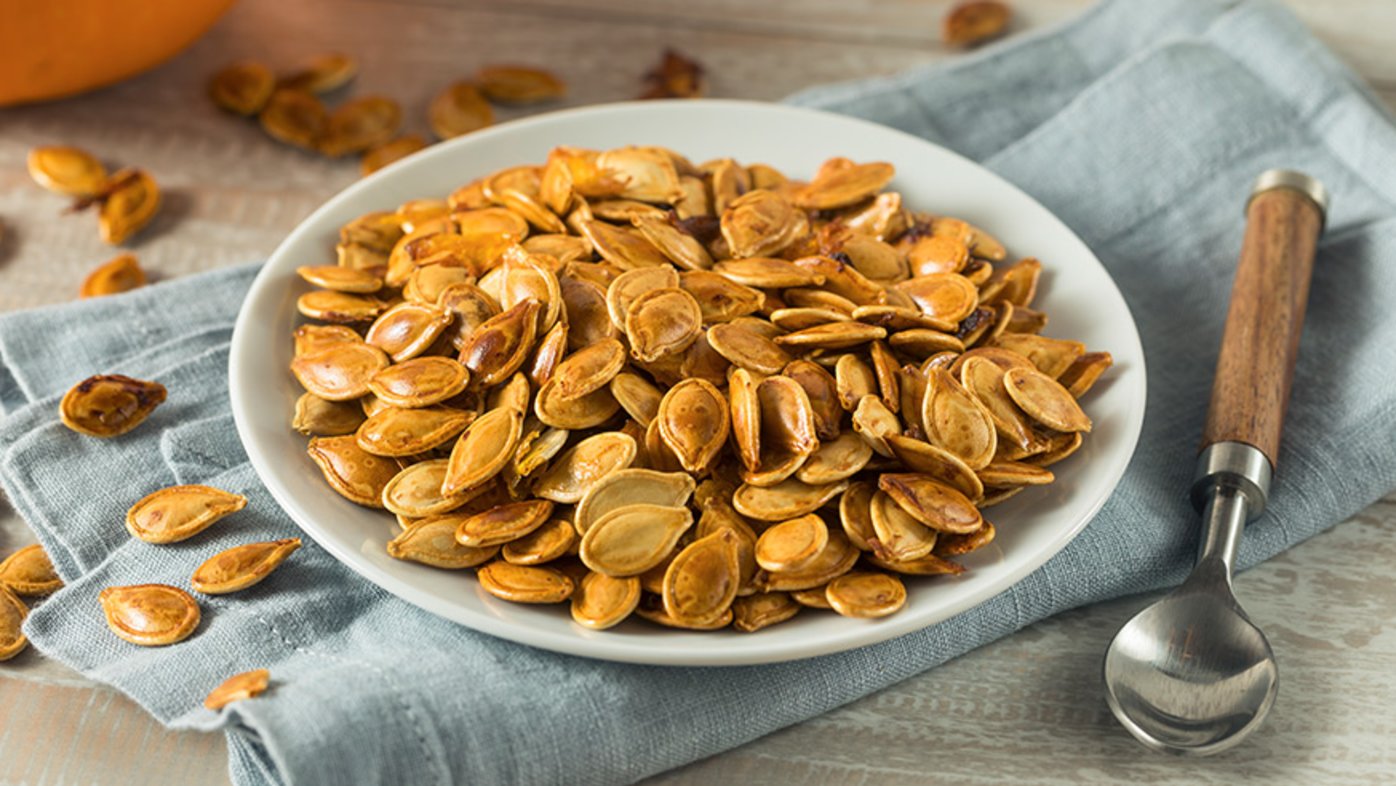
Health benefits of pumpkin seeds
Pumpkin seeds are loaded with the nutrients our bodies need.
A food journal gives insight into what you eat every day and how it affects your diet and lifestyle. Most experts agree that the secret to keeping a successful food journal is accuracy and consistency.
According to Olga Hays, an American Council on Exercise-certified wellness promotion specialist with Sharp HealthCare, it is important to be specific when logging your food consumption.
“Most people underestimate their food intake by a whopping 30%,” says Hays. “Using tools such as Nutrition Facts labels on food items, measuring utensils and food scales will help ensure the portion sizes you enter are accurate.”
Hays shares six items a basic food diary should include:
Food
Write down the specific foods you eat throughout the day. Add details, such as how it is prepared and whether it is baked, broiled or fried. Include any sauces, condiments, oils, dressings and toppings. And don’t forget to track beverages: Coffee, tea and smoothies all count.
The key is to be truly honest. By being honest, a journal will be a more effective learning tool. Honest journaling also helps create healthier habits and promotes overall health and well-being.
Portion size
Include specific amounts of the food you eat. For example, include details, such as a cup of ice cream or berries, a tablespoon of butter, a 15-ounce bag of chips or 25 almonds. Depending on your goal, it is essential — at least at first — to measure your food and track how much you actually eat.
Time
Note the time of day you eat. Doing this can help identify your pattern of eating. Skipping meals or going too long without eating can lead to overeating later. Tracking time can help establish more balanced eating strategies to improve your eating habits and health.
Place
Another factor that helps identify your patterns is tracking where you eat. Are you rushing and eating in the car or mindlessly eating in front of the television? Are you sitting down and eating at the dinner table or standing at the counter while multitasking? Identifying where you eat can help you make mindful changes that affect the quality of your food choices.
Hunger level
Tracking hunger levels is valuable to include in a food journal. It allows a greater awareness of why you are eating and how much you are eating. Many people eat outside of true physical hunger and eat beyond feeling satisfied. This mindful eating strategy can help you decide when to stop eating — when feeling satisfied, not full — and to choose to eat only when you are physically hungry.
Feelings
Writing down how you feel before and after you eat can help identify the reasons why you eat. You will learn what triggers unhealthy eating patterns, such as emotional eating at night or raiding the vending machine at work due to stress.
You can also include fullness levels, fruit and vegetable servings, and water intake in a food diary. Keeping a food journal does not have to be difficult or time-consuming, says Hays.
“Choose a food journaling method you are comfortable with,” Hays says. “Whether it is an app, a spreadsheet or a good old notebook, use the method that works best for you and make sure to always keep your journal with you.”
While food journals can be useful for many, Hays notes they may not be right for everyone. People with a history of an eating disorder or disordered eating behavior should avoid food-specific journaling, unless working with a registered dietitian. Stop food journaling if it becomes obsessive or makes your relationship with food stressful.
Our weekly email brings you the latest health tips, recipes and stories.